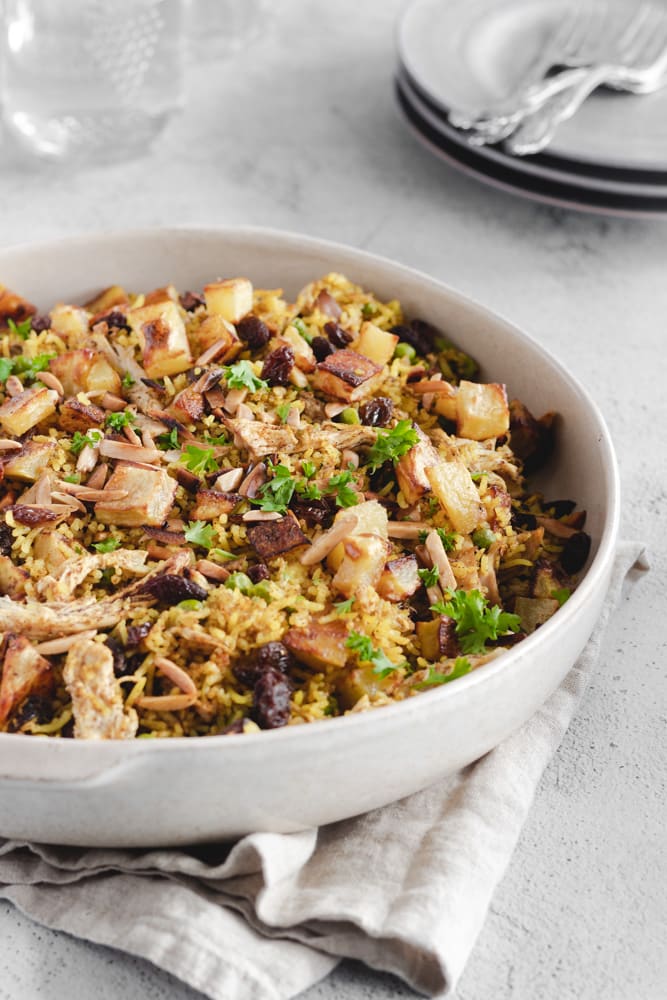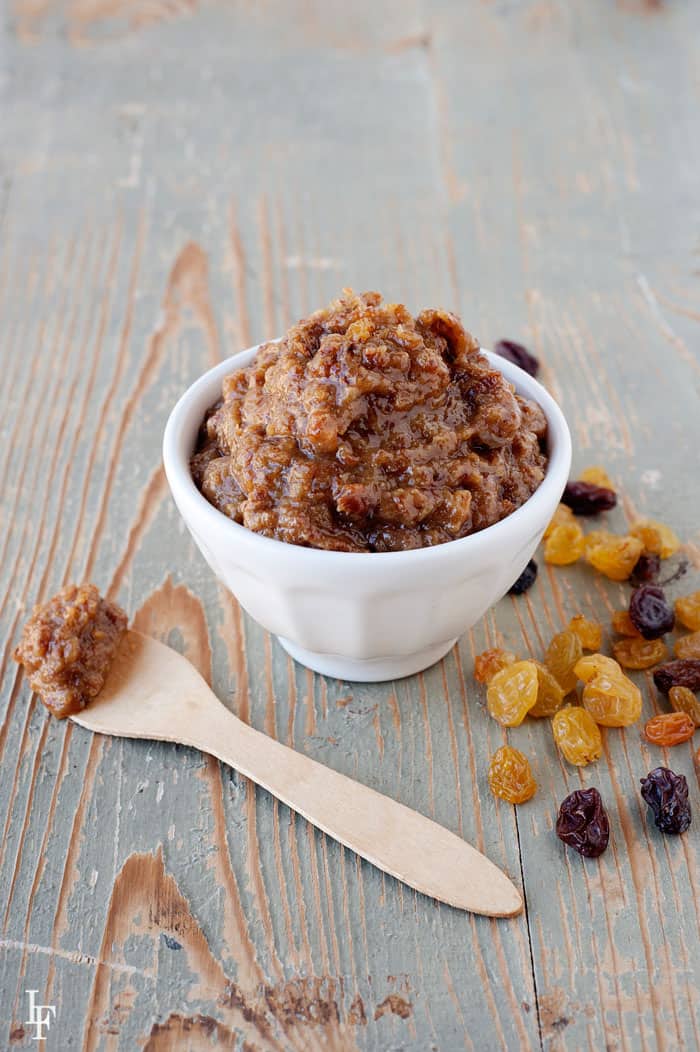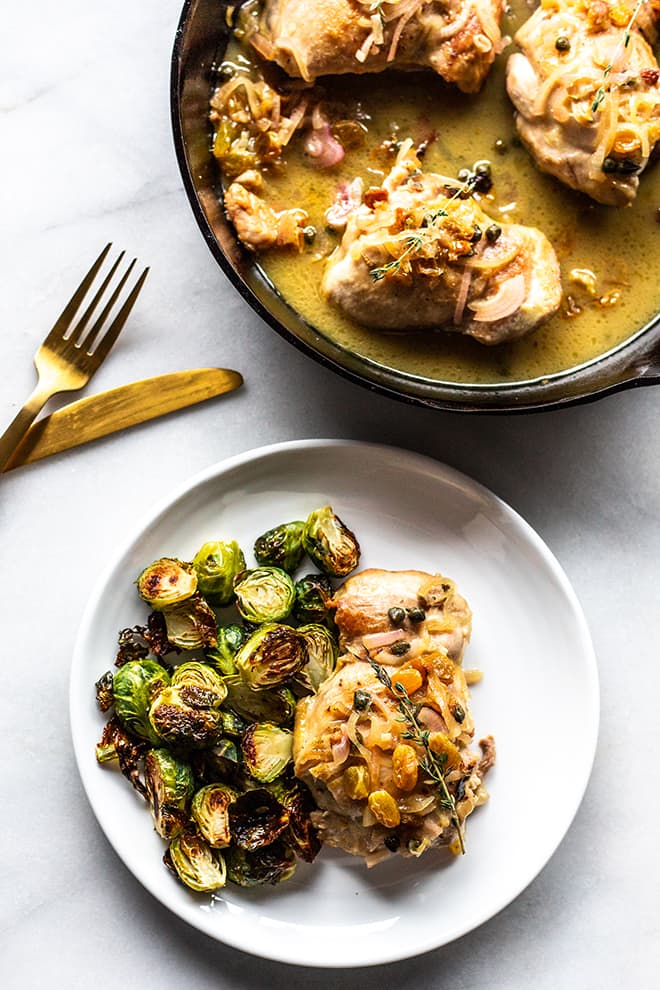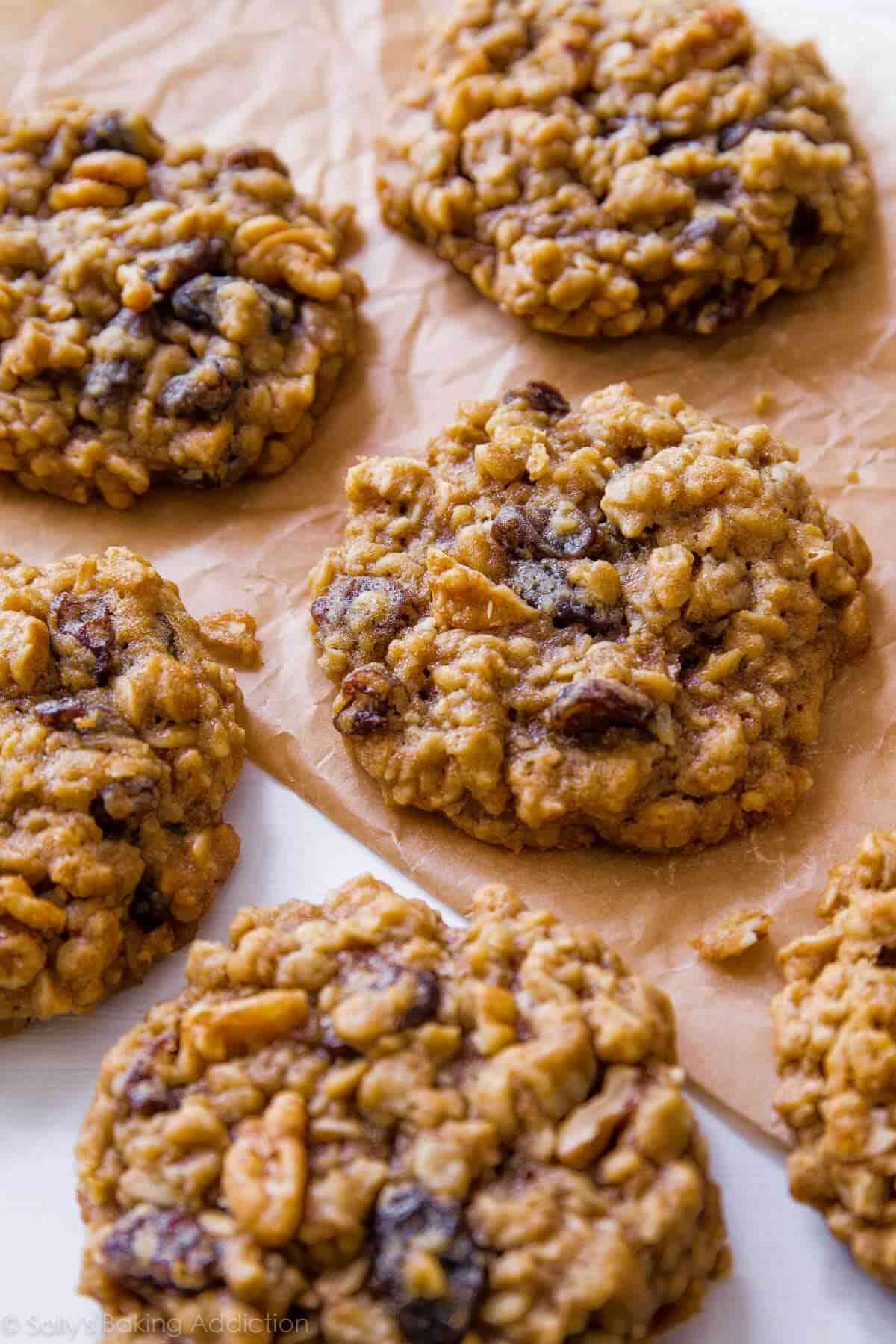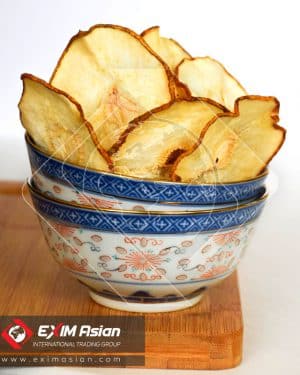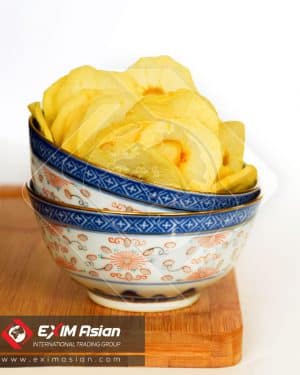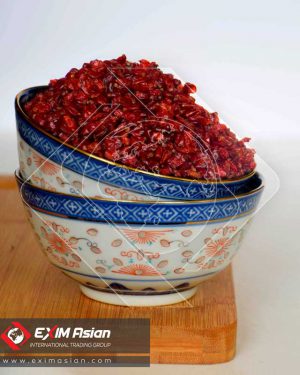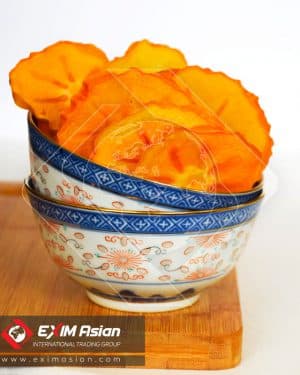Description
Iranian Raisins Specifications
Item | Value |
|---|---|
Type | Thompson Seedless, Flame Seedless, Muscat, Sultana, and Black Corinth |
Variety | Golden Raisin, Green Raisin, Currants ( Black Raisin ), Sultanas ( Red Raisin ) |
Size (100g) | -Jumbo : 250-300 ± 5% pieces -Standard: 301-370 ± 5% pieces -Midget (special order): 400-500 ± 5% pieces -Extra Small: 500-600 ± 5% pieces |
Processing Method | Sun dried, Dried with SO2 |
Cultivation Type | Organic, in Open Air |
Color | Gold, Green, Light to Dark Brown, Black |
Taste | Natural sweet flavour, no objectionable odors or flavours |
Smell | Typical raisin’s aroma without foreign odor Chemical |
Consistency | Soft to firm fruit without any unduly hard particles |
Appearance | Round with uniform in color |
Moisture | 12% – 17% |
Maturity | 100% |
Sulphur | Product will contain a maximum of 2000 ppm Sulphur (SO2). |
Shelf Life | 24months |
Place of Origin | Iran |
Free From | Infestation, fungus, dyes and coloring chemicals, Not genetically modified by default, GMO free, Gluten-Free |
Order Information (Payment, Packaging & Delivery)
Item | Value |
|---|---|
Min Order | 10 Metric Ton |
Sample Submission | Available |
Inspection | SGS (or) any other agency as per your requirement for Weight and Quality |
Payment Method | L/C, T/T, Advanced Payment |
Delivery to Port of Discharge | 15-25 Days from the Date of Receipt of Confirmed Payment Instrument |
Certificates | ISO 9001, ISO 22000, HACCP |
Labeling | Labeled According to the Client’s Request and Approval |
Inco Terms | FOB/CFR/CIF |
Lead Time | Est. Time for Quantity less than 1 Tons = 7 days
Est. Time for Quantity more than 1 Tons = 18 days |
Bulk Packing | Our Regular: 5kg and 10kg Food Grade Carton
Available: Other Packages According Customer Inquiry |
Retail Packing | 1kg Carton |
Storage Condition | Keep in Cool and Dry Place, Away from Direct Sunlight |
Each box is properly and legibly marked.
- Information on Carton: Packer Name & Address, Nett Weight
- Information on label: Product, Weight, Lot number, Packing code, Packing date
Raisin Gallery
What is Raisin?
Sweet grapes that are allowed to dry and shrivel up are called raisins. Until medieval times, raisins were second behind honey as a top choice for sweeteners.
Raisins are either brown or golden. Brown raisins are sun-dried, typically by laying them out in the vineyards for two to four weeks, after which the raisins are graded, cleaned, and packed. Golden raisins (with the exception of sultanas) are typically oven-dried and often treated with sulfur dioxide to preserve their color. Most often, brown raisins are used in baked goods, while golden raisins are preferred for savory dishes. Generally, all raisins are inexpensive, which adds to their appeal.
Top 10 Raisin Producing Countries
Country | Production (MT) |
|---|---|
Turkey | 353,167 |
United States | 332,760 |
Iran | 122,595 |
Greece | 72,861 |
Chile | 51,128 |
South Africa | 37,049 |
Uzbekistan | 32,893 |
Afghanistan | 30,281 |
Australasia | 26,041 |
Argentina | 26,041 |
Top 10 Raisin Consuming Countries
Country | Domestic Consumption (MT) |
|---|---|
European Union | 337.00 |
China | 206.00 |
United States | 205.00 |
Japan | 42.00 |
Australia | 37.500 |
Kazakhstan | 37.00 |
Turkey | 31.800 |
Brazil | 28.00 |
Canada | 28.00 |
Iran | 25.00 |
Top 7 Raisin Exporting Countries
Country | Total Exports (MT) |
|---|---|
Turkey | 250.00 |
Iran | 125.00 |
United States | 110.00 |
Uzbekistan | 67.00 |
South Africa | 60.00 |
Chile | 58.00 |
Argentina | 39.00 |
Top 10 Raisin Importing Countries
Country | Total Imports (MT) |
|---|---|
European Union | 335.00 |
Japan | 42.00 |
Kazakhstan | 37.00 |
China | 36.00 |
United States | 30.00 |
Brazil | 28.00 |
Canada | 28.00 |
Russia | 24.00 |
Australia | 23.00 |
India | 19.00 |
Important Areas of Raisin Production in Iran
Qazvin, East Azarbaijan, Khorasan Razavi, Hamedan, West Azarbaijan, Zanjan, North Khorasan, and Markazi Province are the major producers of raisins in Iran. Most of Iran’s grapes are processed and exported as raisins.
Export Market, and Targeted Countries
Raisins are the third nuts product. raisins after almonds and pistachios has the third role. Iran, Turkey and the US are three major exporters of raisins.
Iranian raisins from years ago besides neighboring countries such as UAE, Iraq, Turkey, Pakistan, Azerbaijan and Kazakhstan have been exported to European countries such as Russia, Ukraine, Germany, Poland, England, Romania, the Netherlands, Hungary and Spain and North African countries such as Egypt, Algeria, and Morocco and other countries like Canada are exported.
Interesting to note that Turkey, i.e. the largest exporter of raisins in the world, also imports raisins from Iran, albeit in bulk, which is re-exported to Europe with Turkish brands after packaging with their country’s name. In the last year, the main structure of the world raisin market has changed, and the most important importers of Iranian raisin are Eastern Europe and some neighboring countries. These countries are the customers who import the cheapest raisins.
Types of Raisins
Golden Raisin
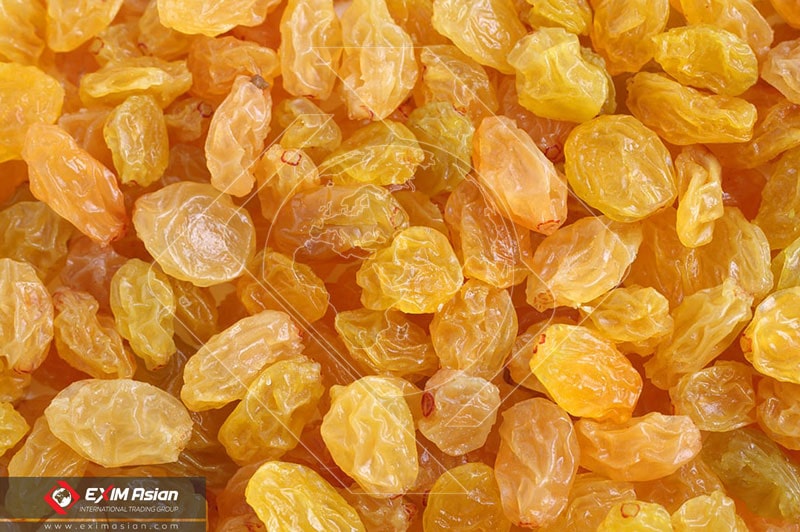
The product in process is from seedless grapes of the Vitis vinifera variety. Golden Raisins are grown in the sunny vineyards of Bonab, they are made using Sulfur fumigation process and shade dried so they are golden amber in color with a naturally sweet and fruity flavor.
This popular kind is produced from grapes with special natural characteristics and particular sugar level. These characteristics are merely available in grapes grown in Bonab area and this city is the only and best producer of this kind of raisins in Iran.
After being double washed, golden raisins are dried, coated with vegetable oil, stemmed, mechanically cleaned, laser and hand sorted then metal detected under extreme care of hygienic conditions.
Green Raisin ( Jumbo Raisin )
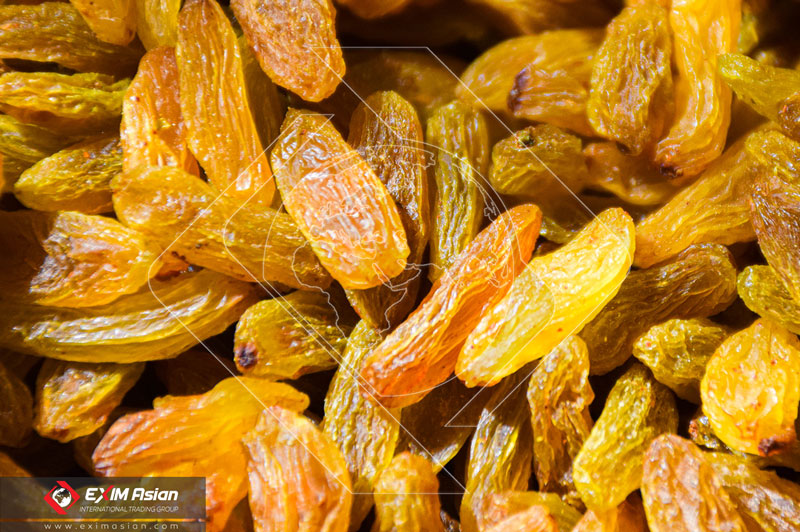
Green Raisins also are known as Green Jumbo Raisin, Kashmari (Kashmiri) Green Raisins and Green Long Raisins. As it is clear from its name the color of this raisin is green.
Raisins, in general, are dried grapes. They are seedless grapes. Farmers start processing the green long raisin with double washing it. Then we dry it under shade. Then coat them with vegetable oil so it doesn’t lose its moisture too quickly. Also, so the berries don’t stick to each other.
Besides, the oil gives berries a moderate shine. The next step is to remove the stems and clean them. The final step is laser sorting them. The moisture level of Jumbo Green Raisin is under 15%.
Sultanas ( Red Raisin )
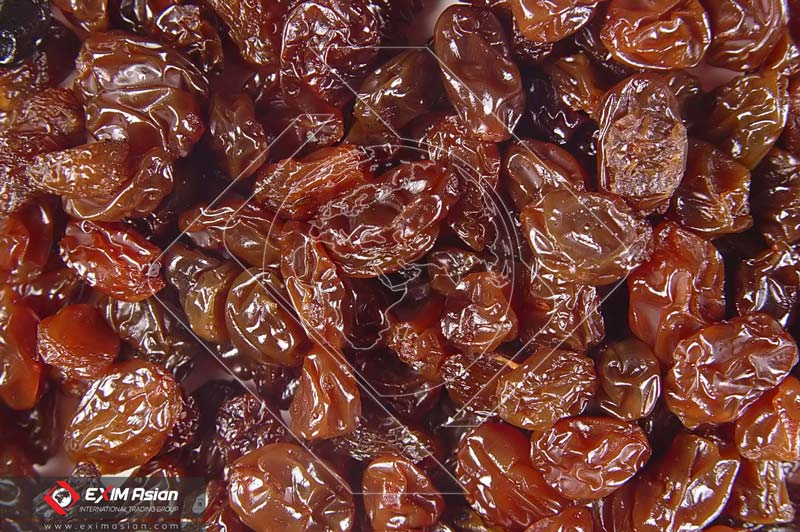
They are originally named after a Turkish green grape from which degenerate the cultivar now most commonly used to produce raisins around the world, Thompson seedless.
Sultana mostly refers to light to dark brown or reddish amber dried grapes, they are very sweet due to their high sugar content.
In order to speed up the drying process, sultanas are usually coated in an oil-based solution before drying. Sultanas should be dry in special drying plants; they can be treated with Sulfur to gain a light brown color.
But the most popular type is dark brown sultana without using any Sulfur. It takes longer time to dry for more than 3 weeks and the products are usually dark brown in color. This type of sultanas typically called as “natural sultanas”.
Currants ( Black Raisin )
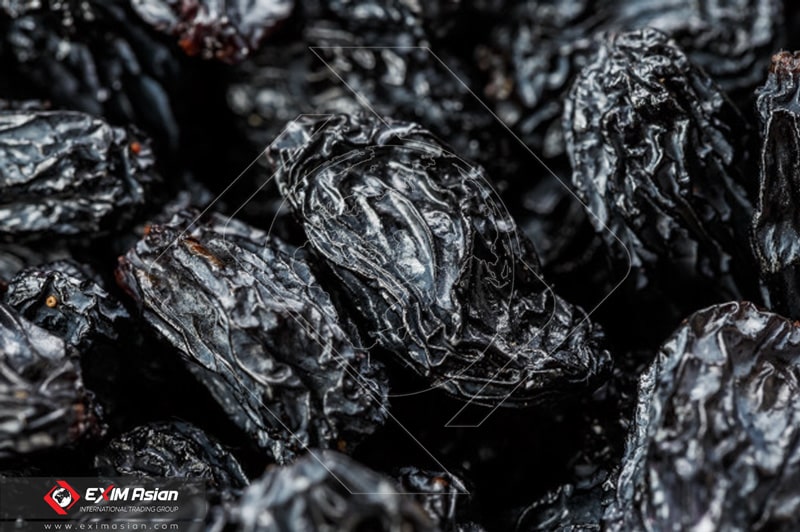
Currant is a kind of raisin made from black grapes and the best kind in Iran is made of black grapes that is called Shahani grape. In fact, the main difference between raisins and currants is that raisins are mainly from smaller grapes and currants from large black grapes.
Currants are actually a kind of raisins and cannot be classified into other types of nuts or other products. This type of raisins is made from coarse grapes of black grapes and is very different in appearance.
In any case, the Shahani grapes or Majlesi grapes, which is the best type of grape to produce currant, are well found in most parts of Iran. Of course, Shahani grapes are divided into two types of green and red grape, which are used to make currants from the red one.
This type of grape has a thick skin, and therefore, both the grape itself and the currant itself can be stored for a long time.
Benefits
- Aid in digestion
Raisins may be a simple way to help keep the digestive system healthy. Raisins contain helpful soluble fibers, which give body to the stool and help it pass through the intestines easier. This may help improve digestion and promote regularity.
- Prevent anemia
Raisins may play a part in preventing anemia. They contain good amounts of iron, copper, and vitamins that are essential for making red blood cells and carrying oxygen throughout the body.
- Prevent too much acidity
Raisins contain substantial amounts of beneficial minerals, such as iron, copper, magnesium, and potassium. These are alkaline, or basic, minerals on the pH scale and may help balance acidity levels in the stomach.
- Lower risk of heart disease risk factors
Eating raisins may help reduce cardiovascular risk factors, such as blood pressure rate, when compared to other snacks. This is because raisins are a low sodium food that also contains a good source of potassium, which helps the blood vessels relax.
- Fight against cancer cells
Raisins are also a good source of antioxidant compounds. Dietary antioxidants are essential, as they may protect the body from oxidative damage and free radicals. Oxidative damage and free radicals are risk factors in many types of cancer, tumor growth, and aging.
- Protect eye health
Raisins contain polyphenols, which are antioxidants that may protect the cells in the eyes from free radical damage. This may in turn help protect the eyes from eye disorders, such as age-related macular degeneration and cataracts.
- Improve skin health
Antioxidants may help keep the skin cells young and prevent damage from aging cells. Raisins also contain valuable nutrients, such as vitamin C, selenium, and zinc.
- Lower blood sugar
Compared to eating other snacks, regularly eating raisins may help lower a person’s blood sugar. Even though raisins contain a more concentrated amount of sugars than fresh fruit, raisin intake compared to processed snacks decreased hemoglobin a1c, which is a marker of blood sugar management.
Raisin Nutrition Facts
Serving Size: In 100 Grams
Calories: 299
Nutritional Info | Value (%) |
|---|---|
Total Fat 0.5 g | 0 |
– Saturated fat 0.1 g | 0 |
Cholesterol 0 mg | 0 |
Sodium 11 mg | 0 |
Potassium 749 mg | 21 |
Total Carbohydrate 79 g | 26 |
– Dietary fiber 3.7 g | 14 |
– Sugar 59 g | |
Protein 3.1 g | 6 |
Vitamin C | 3 |
Calcium | 5 |
Iron | 10 |
Vitamin D | 0 |
Vitamin B-6 | 10 |
Cobalamin | 0 |
Magnesium | 8 |
History & Trade
It is believed that humans discovered raisins when they happened upon grapes drying on a vine. History books note that raisins were sun-dried from grapes as long ago as 1490 B.C. But several hundred years passed before it was determined which grape variety would make the best raisin.
Raisin, dried fruit of certain varieties of grape. Raisin grapes were grown as early as 2000 bc in Persia and Egypt, and dried grapes are mentioned in the Bible (Numbers 6:3) during the time of Moses. David (Israel’s future king) was presented with “a hundred clusters of raisins” (1 Samuel 25:18), probably sometime during the period 1110–1070 bc. Early Greeks and Romans adorned places of worship with raisins, and they were awarded as prizes in sporting events. Until the 20th century the chief raisin producers were Turkey, Iran, and Greece; by mid-century the United States had taken the lead in production, with Australia ranking second.
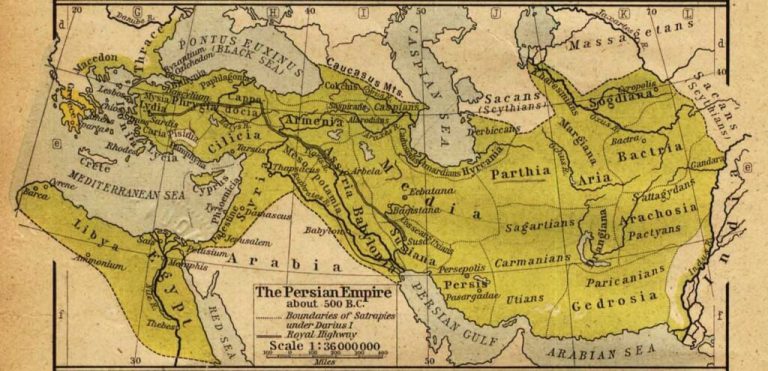
Storage Tips
The best way to keep raisins from drying out and clumping is to put them in an airtight container or a large, plastic, sealable bag. Once opened, if you don’t plan to use the raisins within a couple of months, you may want to store them in the refrigerator in order to give them a longer shelf life.
Raisins are generally good for 6 to 12 months after the package expiration date if they remain unopened. Once you open that package, however, your raisin will be good for about six months maximum if kept in a cool, dry place like a pantry.
Usage & Recipes
Raisins are commonly used:
- as a salad topping
- mixed into oatmeal
- in yogurt
- in granola or cereal
You also may have eaten them baked into delicious cookies, breads, and muffins. Despite their small size, raisins are packed with energy and rich in fiber, vitamins, and minerals.



